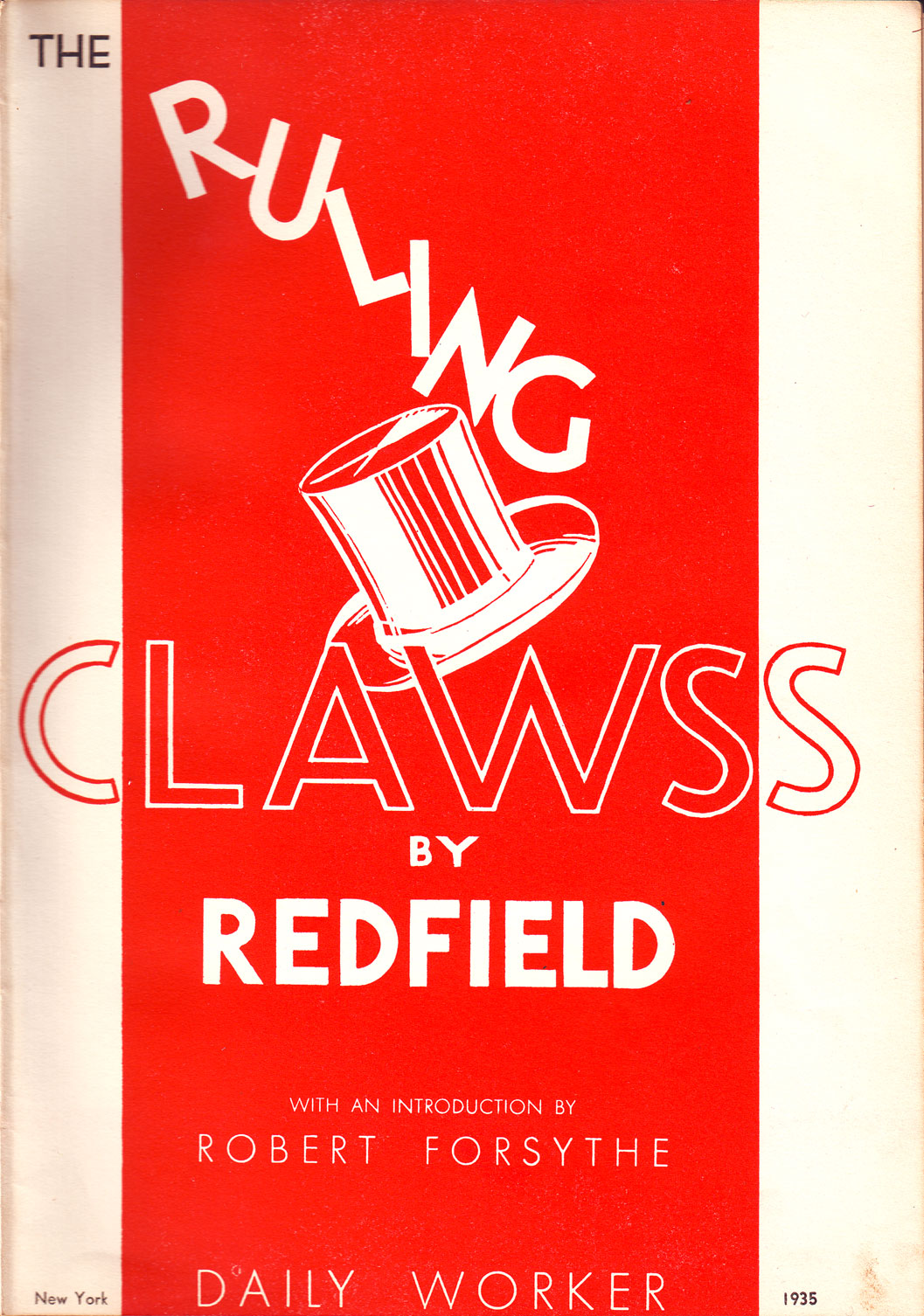How to Talk Nonsense
Last Friday, in my English 703: Critical Approaches to Children’s Literature class, the students and I spent 5 minutes talking nonsense. Â We’d been reading theories of nonsense, and Lewis Carroll’s Alice books – I thought it would be both fun and educational to put those theories into practice. So, based on our readings of Tigges,

